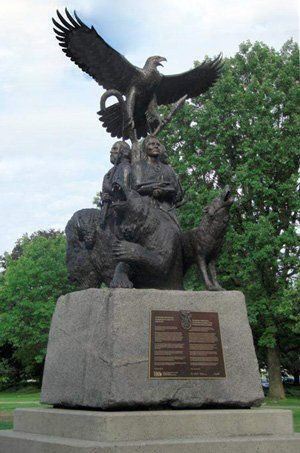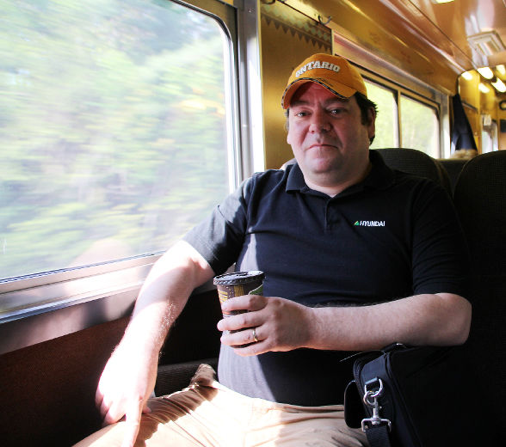While November 11th is an integral day for our nation to take the time to remember the sacrifices made by so many brave men and women fighting for peace and prosperity, November 8th is important to our Indigenous counterparts, who take this day to specifically remember those Indigenous people who sacrificed their livelihood, their culture, and, for many, their lives, in order to serve Canada. It is important to acknowledge those Indigenous veterans who returned home and “fell through the cracks,” primarily in the First World War, the Second World War, and the Korean War (Berthiaume, November 2016). In other words, they were shuffled from department to department, with bureaucracies in disagreement over who should be taking initiative to support and provide benefits to Indigenous veterans. Many faced crises in identity – both emotionally and officially on paper – as they missed out on elements of their culture, and therefore would lose out on the housing, educational, and other band provisions (Berthiaume, November 2016). However, the Canadian government was reluctant to give to them what they gave to non-Indigenous veterans, leaving them largely unsupported. With nowhere to turn, having been abandoned by their bands and by the Canadian government, many ended up homeless, hungry, or addicted to various substances. In 2000, the federal government offered an official apology and offered a compensation of $20,000 per veteran (Government of Canada, March 2017).
In addition to acknowledging these issues in the spirit of reconciliation, it is also a time to remember those who did not come back from the war at all. It is estimated that, between the First World War, the Second World War, and the Korean War, more than 12,000 Indigenous people joined the Canadian military. More than 500 were killed, and countless more were injured (Government of Canada, March 2017). The Veterans Affairs Department has stated that more Indigenous people served overseas in those global conflicts than any other ethnic group in Canada, as a percentage of their total population (Government of Canada, March 2017).
Indigenous soldiers were most valued for the skills they brought to the military, such as patience, bravery, stealth, and marksmanship, traits that were well-taught and passed down for thousands of years from hunting lifestyles (Government of Canada, March 2017). The First World War saw a number of Indigenous veterans become elite snipers, and the Second World War, with more modern technology, saw Indigenous soldiers serving as brave airmen and code talkers. Code talkers are an interesting concept because of the way they utilized the traditional language to contribute to the war effort. For example, Cree soldiers would interact on the radio, and then translate to the intended recipients on each end so that the enemy could not intercept the messages, thus keeping all operations as secretive as possible (Government of Canada, 2017).
Another often overlooked wartime effort that Indigenous people contributed to was on the home front. They donated money, food, and clothing, as many Canadians did, but they also graciously granted the use of portions of their reserve land to allow for the construction of new airports, rifle ranges, and fence installations, primarily in Ontario, Manitoba, and British Colombia (Government of Canada, March 2017). These are huge sacrifices that should not be overlooked when studying our history as a Canadian nation.
This spirit of resilience has outlasted the years, as there are currently more than 2,500 Indigenous people serving in the Canadian military (Government of Canada, March 2017).
Every year on November 8th, in various parts of the country, commemorations and ceremonies occur to honour specifically those Indigenous people who have served. While it is not yet an official day recognized by the government, it has been growing in size and scope since the first ceremony was inaugurated by Winnipeg’s city council in 1994 (Government of Canada, March 2017). Below is a photo of the National Aboriginal Veterans Monument, located in Ottawa, which was unveiled on National Aboriginal Day in 2001.
The artwork was done by Lloyd Pinay, and the monument was funded by the National Aboriginal Veterans Association and generous donations from Canadian citizens (Government of Canada, August 2017). This monument is significant in its symbolism because it features four men and women from different Indigenous groups across the nation, as well as a bronze eagle, a wolf, a bear, a bison, and a caribou, all of which are powerful animals that represent spiritual guides to many Indigenous cultures (Government of Canada, August 2017).
References
Berthiaume, L. (November, 2016). National Aboriginal Veterans Day remembers thousands of Indigenous who served. The Canadian Press. Retrieved from http://www.metronews.ca/news/canada/2016/11/08/growing-debate-around-remembrance-of-canada-s-aboriginal-veterans.html
Government of Canada. (March 2017). Indigenous Veterans. Veterans Affairs Canada. Retrieved from http://www.veterans.gc.ca/eng/remembrance/history/historical-sheets/aboriginal-veterans
Government of Canada. (August 2017). National Aboriginal Veterans Monument. Veterans Affairs Canada. Retrieved from http://www.veterans.gc.ca/eng/remembrace/memorials/national-inventory-canadian-memorials/details/7972#photo1
Would you like to see the Mask-wa Oo-ta-ban, or "Bear Train," operating again between Sault Ste. Marie and Hearst?
Take the Bear Train Survey & Let Us Know


Stay Up to Date
Join our email list.
Join Newsletter
Thank you for signing up for our email list!
Please try again later.


